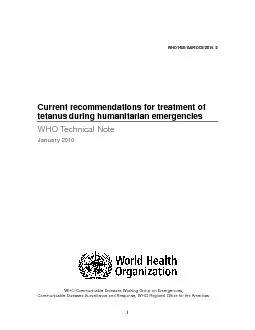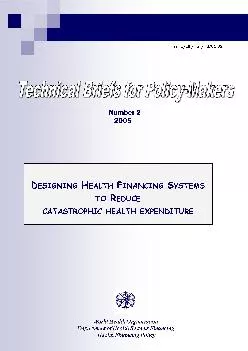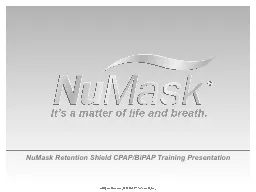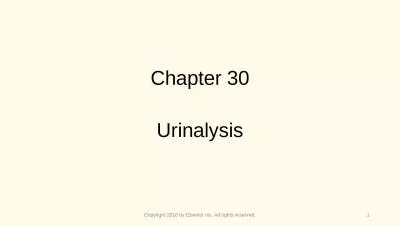PDF-world health organization 2010all rights reserved the des
Author : alexa-scheidler | Published Date : 2015-11-14
2 4 Preface The purpose of this technical noteis to provide health professionals in United Nations agencies nongovernmental organizations donor agencies and local
Presentation Embed Code
Download Presentation
Download Presentation The PPT/PDF document "world health organization 2010all rights..." is the property of its rightful owner. Permission is granted to download and print the materials on this website for personal, non-commercial use only, and to display it on your personal computer provided you do not modify the materials and that you retain all copyright notices contained in the materials. By downloading content from our website, you accept the terms of this agreement.
world health organization 2010all rights reserved the des: Transcript
Download Rules Of Document
"world health organization 2010all rights reserved the des"The content belongs to its owner. You may download and print it for personal use, without modification, and keep all copyright notices. By downloading, you agree to these terms.
Related Documents














